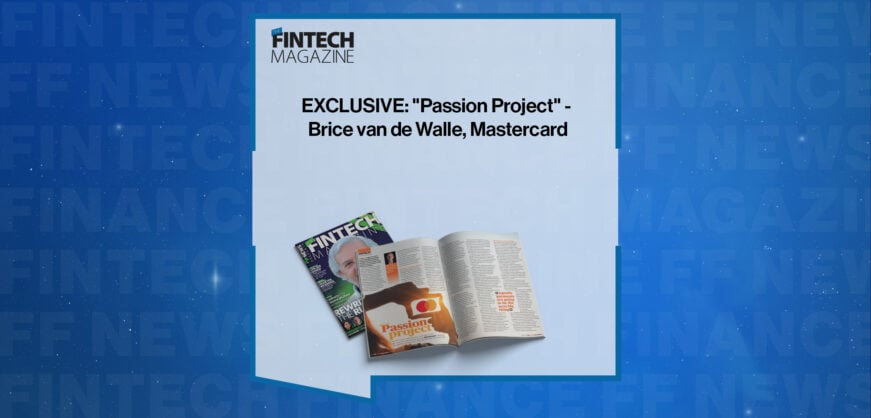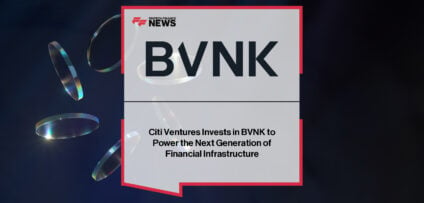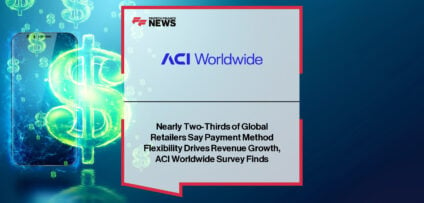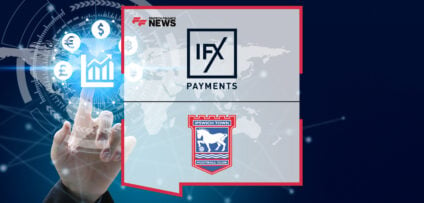Breaking News

EXCLUSIVE: “Optimising the claims process” – Jeanette Hernandez, Clearspeed in ‘The Insurtech Magazine’
As false insurance claims soar, insurers are employing tools like Clearspeed to trust decisions faster, says Jeanette Hernandez, SVP of its Global Insurance Services
In the US, insurance fraud costs consumers $308.6 billion a year as it outpaces inflation, with families paying $400-$700 extra in annual premiums, according to the Coalition Against Insurance Fraud.
Meanwhile, the City of London Police Insurance Fraud Enforcement Department (IFED) says the number of suspected cases of fraud in the UK shot up by 61 per cent between March 2022 and April 2023. In the US, more than one-fifth of drivers have reported false or inflated information about damage in their claims.
In the UK, fraudulent motor claims accounted for more than half (51 per cent) of the caseload, with property accounting for almost a third (29 per cent), IFED said. It also found a growing prevalence of quote manipulation, where individuals deliberately submit false information.
With fraud now accounting for more than 40 per cent of all reported crimes in the UK, PwC recently partnered with Clearspeed, a global market leader in AI-enabled voice analysis, to try to counter the trend. Its technology will give PwC’s insurance clients the ability to scale the straight-through processing (STP) of legitimate claims, while flagging those that need further investigation. It does that by applying voice analysis, based on a short, automated yes/no phone questionnaire.
AI is used to analyse responses for the presence of risk-associated vocal characteristics and the likelihood of risk, and the results are then shared with clients via API or by giving them access to a web app.
Clearspeed has use cases with a greater than 97 per cent success rate in identifying risk and it believes its vocal analysis approach sets it apart from other voice identification models, which can be manipulated. Jeanette Hernandez, Clearspeed’s SVP of global insurance services, says feedback from property and casualty (P&C) insurers indicates how Clearspeed’s technology is helping them make better decisions faster.
“Market share is harder than ever to obtain and keep, making faster, more accurate decisions, critical for policyholder retention”
“Simply put, we help get claims in the right hands, faster. But the advantages that we’re noticing are twofold,” says Hernandez. “I think the greatest benefit is customer satisfaction. By fast-tracking those claims that are low risk and getting the payment to the customer faster, we’re seeing insurers note improved retention rates – market share is harder than ever to obtain and keep, making faster, more accurate decisions critical for policyholder retention.
“Also, when someone declines to take the questionnaire, it may indicate a person is trying to commit fraud. Each claim an insurer identifies as fraudulent contributes to overall claims savings. An example would be if you identified an auto claim with potential risk after the questionnaire, and the investigation determined there was fraud. You may not need to send any vendors out on that claim, saving an expense.
Clearspeed has enjoyed 200 per cent client growth in 2023, with the number of insurers among them tripling in the last year. In fact, insurers make up half of Clearspeed’s client base, followed by government, security and sports integrity sectors, and it is working across 20 countries and in 38 different languages. With the industry seeking better solutions to become more efficient, Hernandez says using new and actionable data is key.
“We have one client who looks at the results in our web app and it allows the claims manager to say, ‘these 10 claims are high risk, they need to be handled immediately,’ turning a manual process into an automated process. We know that when claims are open longer, they tend to be more costly. Interestingly, we’re also seeing a high adoption rate with adjusters, because now they have a tool where they feel they can control their claims inventory.”
Carriers with their own anti-fraud units are turning to Clearspeed’s technology, too. Some are using it to validate results from their own fraud models.
“We’re able to give them a deeper level of insight, particularly around fraud, because it’s not easy to customise some of these larger platforms,” says Hernandez. “Where they may have, say, an indicator, or a triage for special investigation units, we’re able to now expedite that through the technology, while also giving them a greater level of confidence. Our data model is unbiased; there is no adjuster asking the questions – it’s simply the technology.”
Clearspeed’s latest product is Surge, which helps insurers address the increasing frequency and cost of high-volume weather-related claims. But it is developing a new product, based on conversational AI, which it hopes will further enhance its risk assessment capabilities and allow clients to have more natural and engaging interactions with customers.
This article was published in The Insurtech Magazine Issue 10, Page 22
People In This Post
Companies In This Post
- EXCLUSIVE: “Passion Project” – Brice van de Walle, Mastercard in ‘The Fintech Magazine’ Read more
- FreedomPay Drives Global Merchant Innovation Read more
- FIS Brings AI-Powered Advancements to Seamless, Personalized Digital Banking Experiences Read more
- Citi Ventures Invests in BVNK to Power the Next Generation of Financial Infrastructure Read more
- Nearly Two-Thirds of Global Retailers Say Payment Method Flexibility Drives Revenue Growth, ACI Worldwide Survey Finds Read more


















